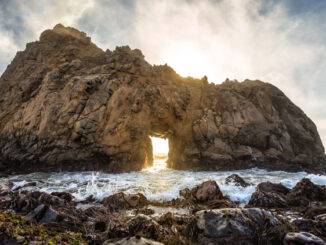
The world’s second largest diamond was found recently by a mining company in Botswana, South Africa. The diamond measured over 1,700-carats. That’s almost the size of a baseball! When a diamond that large is discovered, it is cut into smaller pieces and then sold for a lot of money. Most people think of glamourous stones when talking about diamonds. The reality is that only 20 percent of diamonds are used to make jewelry, and 80 percent are used as industrial diamonds.
Diamonds can take 1-3 billion years to form. They are naturally occurring solids with a special chemical make-up of the element carbon. Think of a pencil. The lead is graphite which has carbon in it. Lots of things have carbon – paper, fuels, fizzy drinks, even people. Those things all have other elements that come together to create them. But a diamond is made of ONLY carbon, nothing else. High heat and intense pressure cause carbon atoms to bond. This process makes them the strongest natural substance in the world. That’s why industrial diamonds are placed in blades and drill bits to make tools that cut, drill, and grind hard materials.

When miners dig for diamonds, they must go deep into the ground. Mine holes can be 100 miles down. Some diamonds have moved closer to the surface from volcanic-like eruptions in the earth. Other areas where diamonds have been found are places where a meteorite hit Earth.
There is only one place in the world for the public to diamond mine, Crater of Diamonds in the state of Arkansas. About 100 million years ago a deep-source volcanic eruption occurred in the area. The explosion formed the crater and ejected fragments containing diamonds. In 2021 a woman from California found a 4.38 carat yellow diamond at the Crater of Diamonds State Park. It’s the biggest diamond to have been found there.
What Do You Think? Can you find other naturally occurring resources that are as valuable and versatile as a diamond?
Reading Response Click on this link to respond to your reading. Print out the response page or upload it to your classroom site.
Photo Credit: (t)Fer Gregory/Shutterstock, (b)Angela N Perryman/Shutterstock



